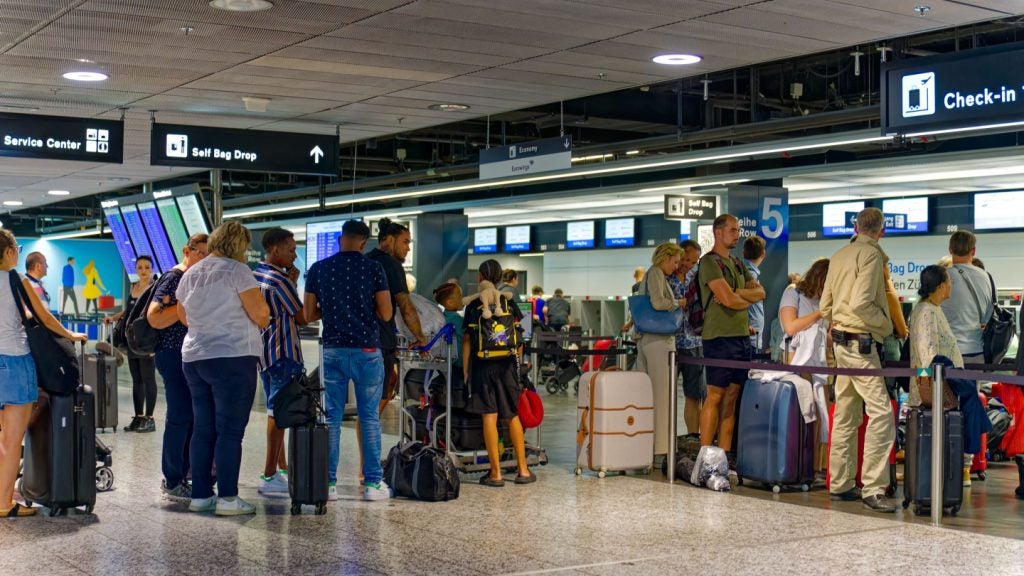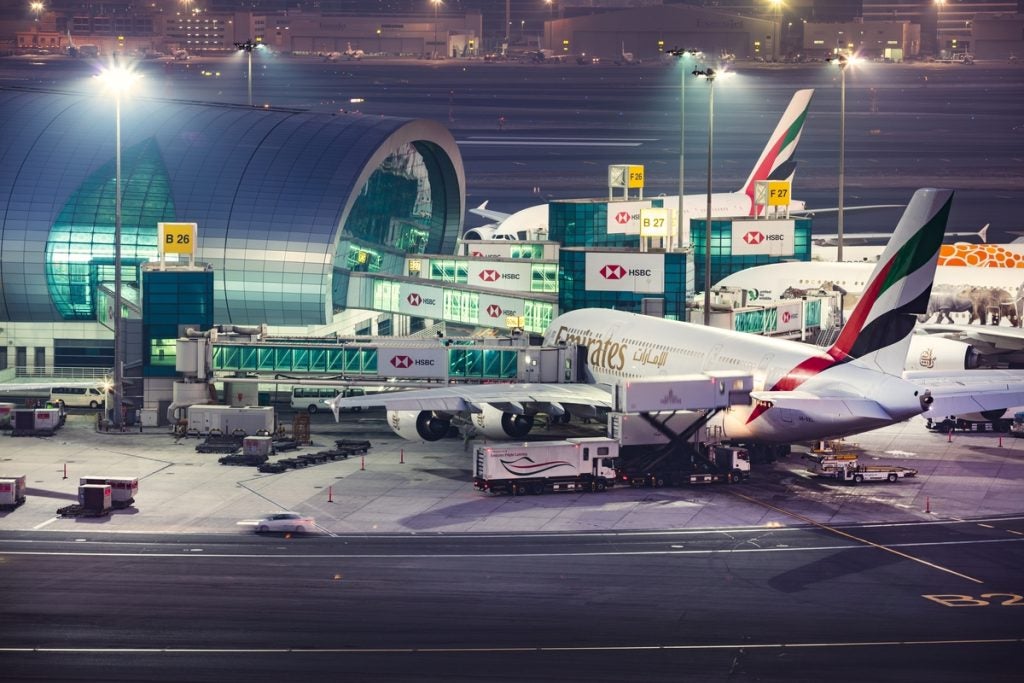
The concept that a person’s cultural heritage determines how they interact with other people is certainly not new. Countless studies have shown that we are naturally attracted to those who share the same cultural values as ourselves, but new research has shown that our background can largely impact many other aspects of our life – including air travel.
According to a study by the Airports Council International (ACI), the trade association representing airports around the world, culture can have a substantial impact on a passenger’s travelling experience and can affect their judgement of it.
Titled ‘The influence of culture on airport passenger experience’, the report was published this year as part of ACI’s Airport Service Quality (ASQ) programme, which aims to provide airports with new tools and guidance to better understand passengers’ needs and views.
Led by ASQ associate director Dimitri Coll, the study seeks to find out the extent to which a person’s cultural roots affect their customer experience and expectations and how the concept of ‘good service’ varies both geographically and culturally.
The ASQ team surveyed 75 airports across 90 countries and evaluated the impact of culture based on six cultural dimensions theorised by Geert Hofstede. These dimensions, the research reads, provide the ideal “basis for a framework based on cross-cultural communication” and “express the impact that culture has on values”.
The six dimensions are Power Distance, which focuses on how a society handles inequalities; Individualism and Collectivism, defining the extent to which a passenger values the happiness and wellbeing of the community surrounding them; Masculinity, which, as opposed to Femininity, represents a preference in society for achievement, heroism and material rewards for success and Uncertainty Avoidance, expressing the way members of society feel in moments on uncertainty. The other dimensions considered are Long-term Orientation, which assesses the degree “to which a society allows relatively free gratification,” and finally Indulgence, which studies how societies balance their respect for the past and the challenges they face in the present and future.
How well do you really know your competitors?
Access the most comprehensive Company Profiles on the market, powered by GlobalData. Save hours of research. Gain competitive edge.

Thank you!
Your download email will arrive shortly
Not ready to buy yet? Download a free sample
We are confident about the unique quality of our Company Profiles. However, we want you to make the most beneficial decision for your business, so we offer a free sample that you can download by submitting the below form
By GlobalDataThe verdict
Coll and his team defined an airport as a non-conventional place where people with different origins meet for a relatively short amount of time.
“What we really tried to see is whether the cultural background has an impact on the way that an airport manages customer experience,” says Coll. “The answer is yes: based on this research, we can say that between 35 to 45% of the overall customer satisfaction is impacted by a person’s cultural background.”
Naturally, culture is not the only factor contributing a passenger’s experience, but it is clear that a person’s overall appreciation and assessment of the airport will be influenced by it. This conclusion was reached in particular by applying the dimensions of individualism and collectivism. “In individualist countries, what matters is mainly the passenger, but in a collectivist country, the community has more relevance,” he explains.
“For example, a North American person travelling for business and looking for a place to work will be blaming the airport if he is disturbed while working,” he continues. “An Asian will accept the noises without complaining because collective happiness is more important, and the fact that the airport has space for everyone will make him satisfied.”
As a consequence, North American airports will focus on delivering a positive experience for each individual person, while in Asia, what is delivered has to be positive for everybody.
According to Coll, an airport’s best chance to succeed in customer management is to combine all dimensions to better evaluate its passenger mix. However, this process is almost impossible for busy international airports like Dubai or London Heathrow. “In this case,” says Coll, “you have to focus on some dimensions. So, what we recommend to our airports is to understand and analyse their passenger mix to see how to address the cultural background of their customers.”
The role of third parties
Coll and his team estimated that during their trip, each passenger will have to deal on average with two to three members of personnel. Although they might not necessarily be employees of the airport – but rather working for retailers or other stakeholders – they will still be counted as part of a person’s experience while travelling.
This means that in order to satisfy a customer’s expectations, an airport will have to collaborate with any third party involved in the hub’s operations. “The ways that you speak to a person, the way that you deliver the service have to adapt,” says Coll. “Not everybody has the same expectations from customer services. We are using these findings to help airports, but I think they can be useful for hospitality and other services, which need to understand and adapt and study the profile of the customer.”
Based on the same principle is the idea that airports can invest in improving their ability to deal with situations of risk and uncertainties such as security checks and delays. “Some cultures can manage that well through communication,” explains Coll, “so the way that you are going to communicate and explain to passengers affects the way the passenger is going to see and appreciate the passenger.”
ACI’s suggestions
As airports vary in size, demographics and type of services, it is impossible to provide a unilateral set of guidelines on how to address customer expectations.
Coll’s recommendation is for each airport to study its passenger mix comprehensively: “consider whether the community of people you host tend to be more individualist or collectivist, and make sure to use a targeted marketing approach.”
The ASQ also suggests focusing on communication, making sure to use the proper wording and sending the right message to all travellers. “You also have to train your people, especially those who face the customer, to deal with different types of cultures, otherwise you will risk creating some issues,” says Coll.
For this reason, ACI is now planning to help airports and encourage them to cooperate with businesses and partners: “When it comes to culture, the whole of the airport community has to work in the same direction, especially regarding security, retail, food services; everybody has to understand it to make sure that passengers flying to other countries and cultures are comfortable.”







